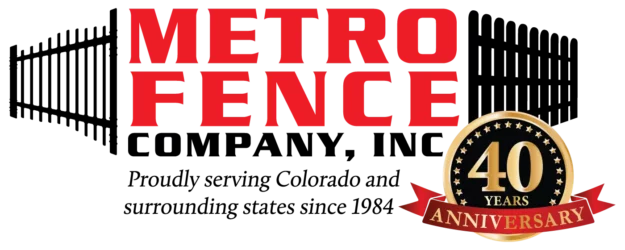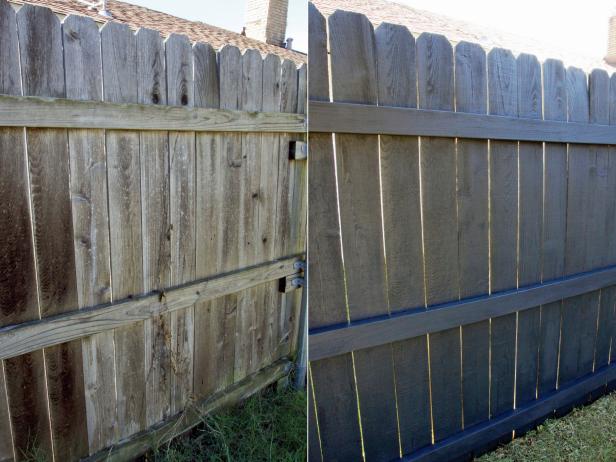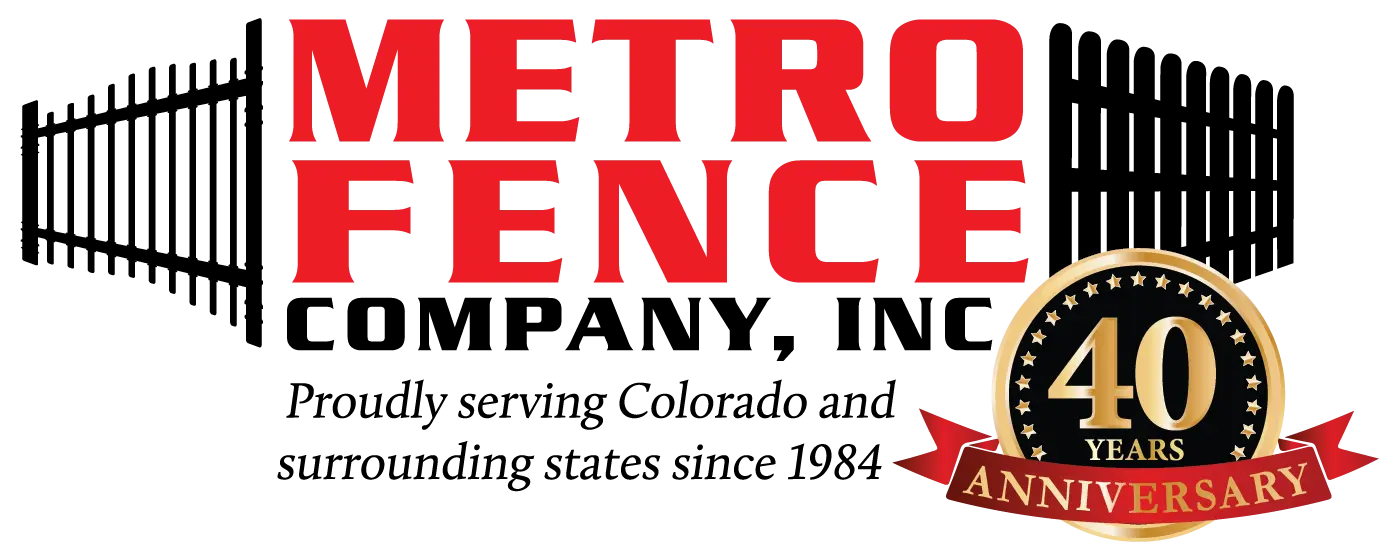Pros and cons define and differentiate the most popular fence types chosen by homeowners today.
Before your fence installation in Denver, be sure to weigh the pros and cons of these popular fence options.
Composites
Composite fencing (an engineered wood product) comes in a bewildering number of variations. Some fences have solid, not hollow, boards. Some are “capped” or “co-extruded” with a layer of PVC. And while multiple components are often required, in some cases construction is similar to that of a wood fence. Common to all is the fact they are made with recycled fibers, plastics, and binding agents.
Due to manufactured textures and colors, composite fencing simulates wood more effectively than vinyl does, but if you opt for a solid color, there are fewer choices among composites. Like vinyl, composite fences require no staining or painting, and their low maintenance requirements can be easily taken care of—only mild detergent and a hose are needed for cleaning. Durable and often backed by warranty, composite fencing is assembled, not with special brackets, but with traditional fasteners.
Another pro: Composite fencing is environmentally friendly. Up to 95 percent of materials used in its manufacture are recycled, and some makers employ a nearly waste-free manufacturing system. Unfortunately, however, composite products cannot be recycled easily.
Compared to vinyl or wood, fewer styles are available with composite fencing, whose designs are mainly limited to fence types that involve boards—privacy, shadow box, and post-and-rail fences, not to mention those with simple dog-ear pickets. Another con is that composites are susceptible to scratching, staining, and fading.
Wood
Wood fences have been a mainstay of the American landscape since Colonial days. They can be crafted in a wide variety of styles and painted or stained with innumerable colors. In some regions, cedar and redwood are the preferred material on account of their resistance to rot and insects, but several other wood species are also used. For longevity, pressure-treated wood is best, at least when it comes to structural members. Any non-pressure-treated pickets or boards should be coated with a preservative prior to finishing.
Initially, wood costs significantly less than either vinyl or composite, and if properly constructed and maintained, a wood fence will last for many years. And unlike petro-based materials, wood is renewable if sustainably harvested.
On the other hand, wood requires more maintenance than other materials. A couple of times per year, it should be rinsed off, and every three or four years, it should be repainted or finished with a stain. Cedar and redwood fencing may be left to weather naturally, but even so, a clear preservative should be applied every few years. Because of the additional maintenance required, the cost of wood fencing may ultimately equal or exceed that of other fence types.
Steel Chain Link
Steel fencing takes many forms, the most popular of which is chain-link. Though it’s not normally thought of as pretty, chain-link fencing can certainly be used without becoming an eyesore. For starters, the mesh is immediately useful as a trellis for everything from moonflowers to morning glories.
Chain-link is sturdy, maintenance-free, durable and economical, plus it’s ideal for situations in which you want your fence to be see-through (burglars cannot hide behind chain-link, after all).
Installation is easy. Most of the fittings are tightened down with a socket wrench. The only special tool you may need is a second pair of hands to assist in pulling the mesh tight. Since it’s often possible to re-stitch damaged mesh fabric, repairing a chain-link fence is relatively easy.
Another pro: Chain-link fencing is considered “green,” since any scrap metal dealer will be happy to receive (and may even pay for) one you’re discarding. Try that with an old vinyl or composite fence!
Inevitably, chain-link fencing possesses a utilitarian aesthetic, but style options exist. Different mesh sizes and wire gauges are available, and the polymer coatings now come in colors, such as brown, green, and black—any of these provides a softer look than silver. When installed among shrubs or along the border of wooded areas, it’s possible for a chain-link fence to be nearly invisible, especially if outfitted with fabrics or lattice panels.
Read the full article here: Building a Fence – Fences 101 – Bob Vila http://bit.ly/2tjtigI








